Diamond Hall of Fame: The Graff Lesedi La Rona

When the Lesedi La Rona was discovered in Botswana in 2015, the humungous 1,109-carat rough diamond made history as the world’s second largest gem-quality diamond.
It was surpassed only by the 3,106-carat Cullinan diamond, and that was unearthed over a century ago. If the Cullinan is any indication of the Lesedi La Rona’s potential for greatness, that stone produced the prized gems in the British Crown Jewels – including the diamond in the Queen’s scepter and the Imperial State Crown.
Read More: Diamond Hall of Fame: The History of the Star of Africa
From the minute the Lesedi La Rona was discovered, Laurence Graff had his eye on it. A headline-making stone of that size and quality is guaranteed to yield the world’s top-quality polished stones —and lasting fame.
For a man with an insatiable appetite for exceptional diamonds, this was the prize of the century.
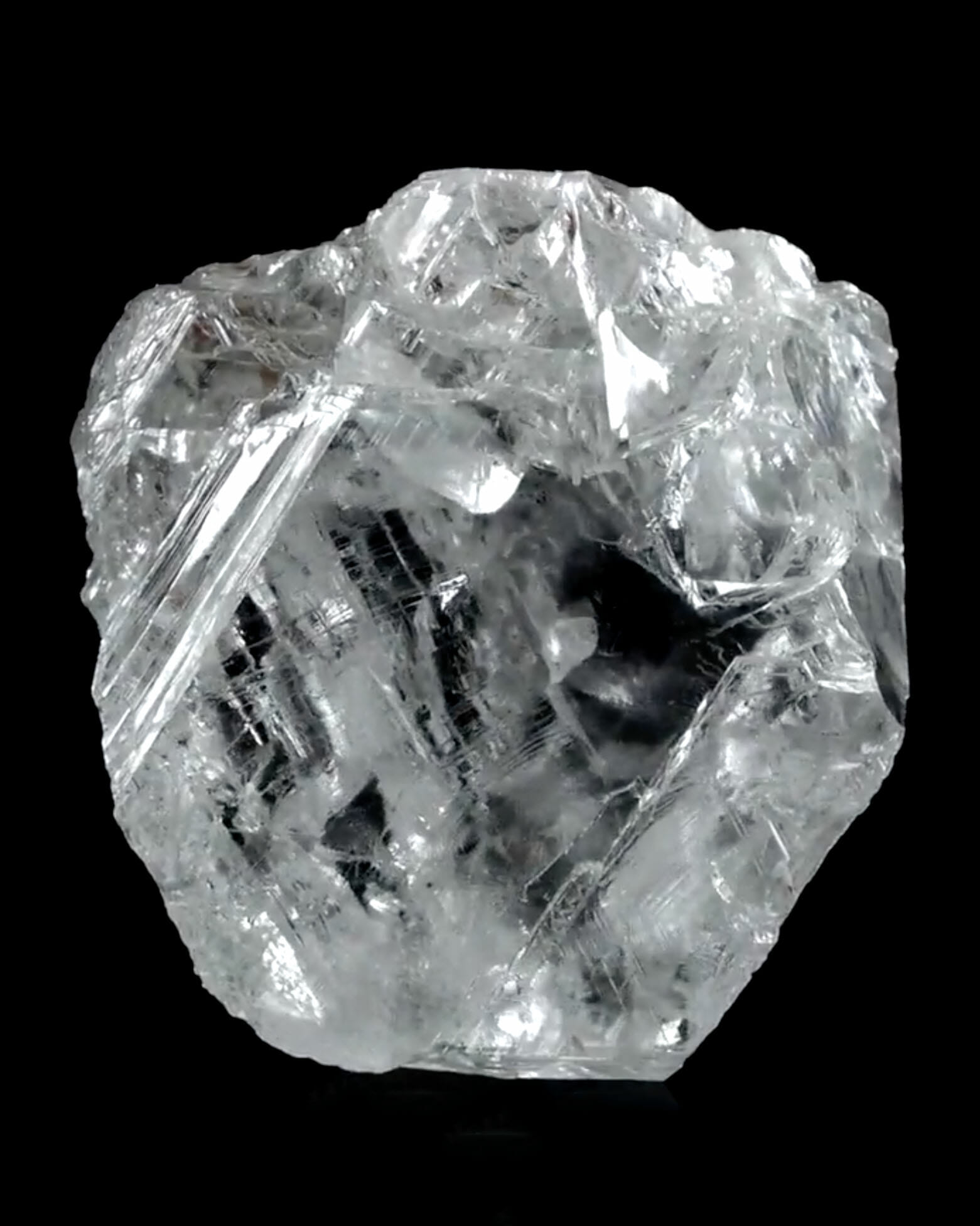
Graff Lesedi La Rona: How much did the world’s second largest gem-quality rough diamond cost?
Graff purchased the tennis-ball sized Lesedi La Rona, which means “our light” in Botswana’s Tswana language, from Lucara Diamond Corporation in 2017 for $53 million – an unheard-of sum for a rough stone.
But Graff was already widely known as a gutsy buyer of the world’s most important diamonds over the decades, and he famously outspent his rivals at public auctions.
The Lesedi La Rona, however, was different. It wasn’t just another mammoth diamond. This was the stone that would secure his legacy as the King of Diamonds.
“This was the first time in over 100 years that the chance to cut such a historic stone had presented itself, which was tremendously exciting,” said Laurence Graff. “We had an immense duty to cut the very, very best diamond imaginable from the Lesedi La Rona. We had to do justice to its impeccable natural beauty.”
Once in his hands, Graff didn’t put any limits on the resources and time spent to make this the perfect diamond. He spent nearly two years overseeing the cutting and polishing of the diamond, which included months of analysis by expert cutters and gemologists in Antwerp even before the first cut was made.

The greater the risk, the greater the reward
Passion and provenance aside, this was a high-risk undertaking: Any mistake meant the stone could crack or break apart, and the chance to yield a record-breaking top-quality diamond lost.
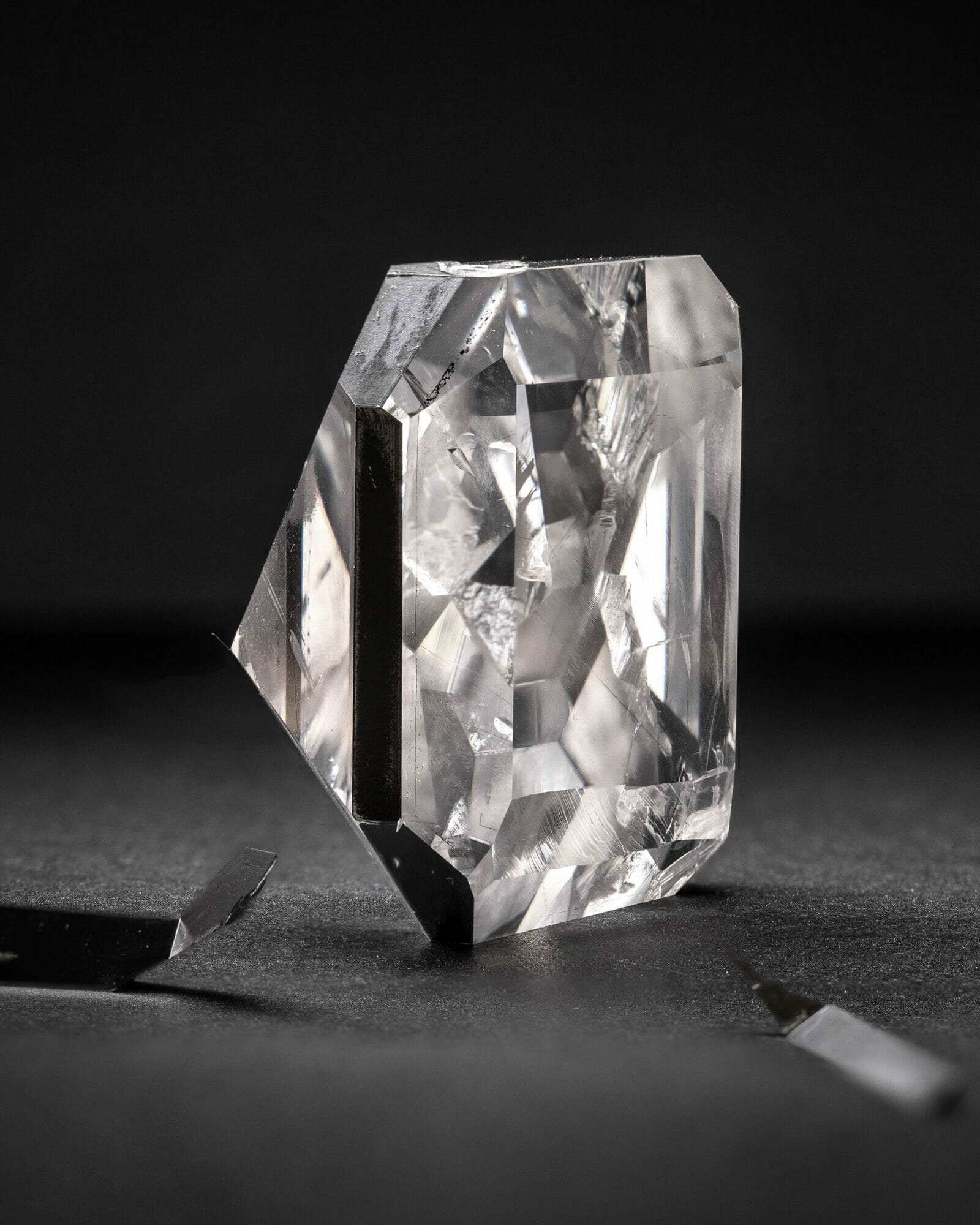
After a $53 million investment in the rough, Graff set his sights on a mega-sized polished diamond, but not everyone initially agreed with this vision. His team employed custom built software which allowed gemologists to look deep into the diamond and assess natural imperfections. Initially, they concluded that it wouldn’t be possible to cut a 300-carat main diamond. Graff didn’t agree, and he challenged the team to pursue the largest stone possible.

It was initially cut with state-of-the-art lasers followed by a team of Graff’s master craftsman, who spent hundreds of hours polishing the stone to achieve the mirror-smooth surface.
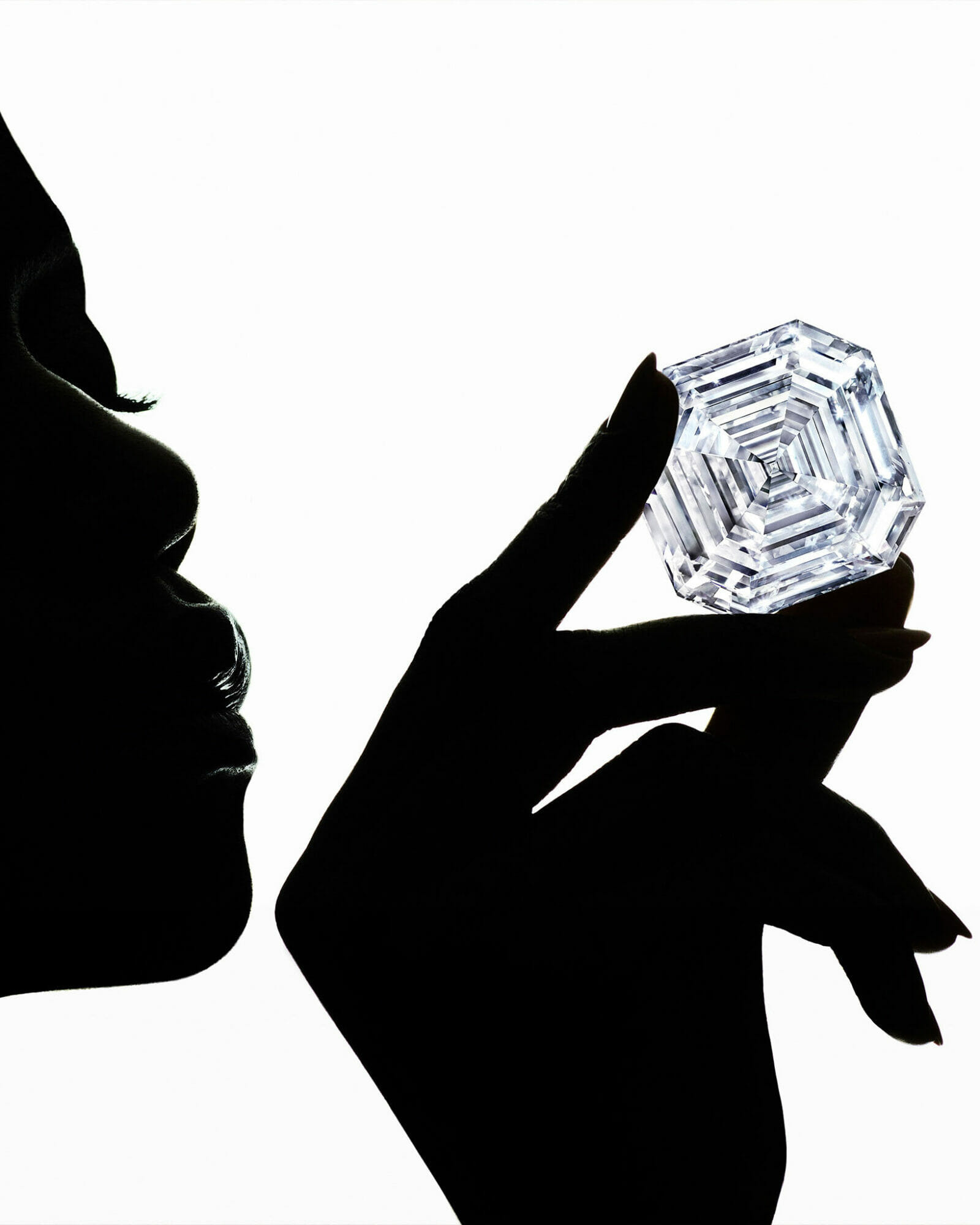
Graff produced his dream diamond – and set two world records
Graff triumphed: The rough produced a 302.37 carat diamond, christened the Graff Lesedi La Rona, which holds the world’s record as the largest diamond of the highest color and clarity ever certified by the GIA, and the world’s largest square emerald cut diamond.
The rough also produced 66 additional diamonds, ranging in size from less than a carat to around 26 carats, and inscribed with prestigious moniker: Graff, Lesedi La Rona and its unique GIA number.
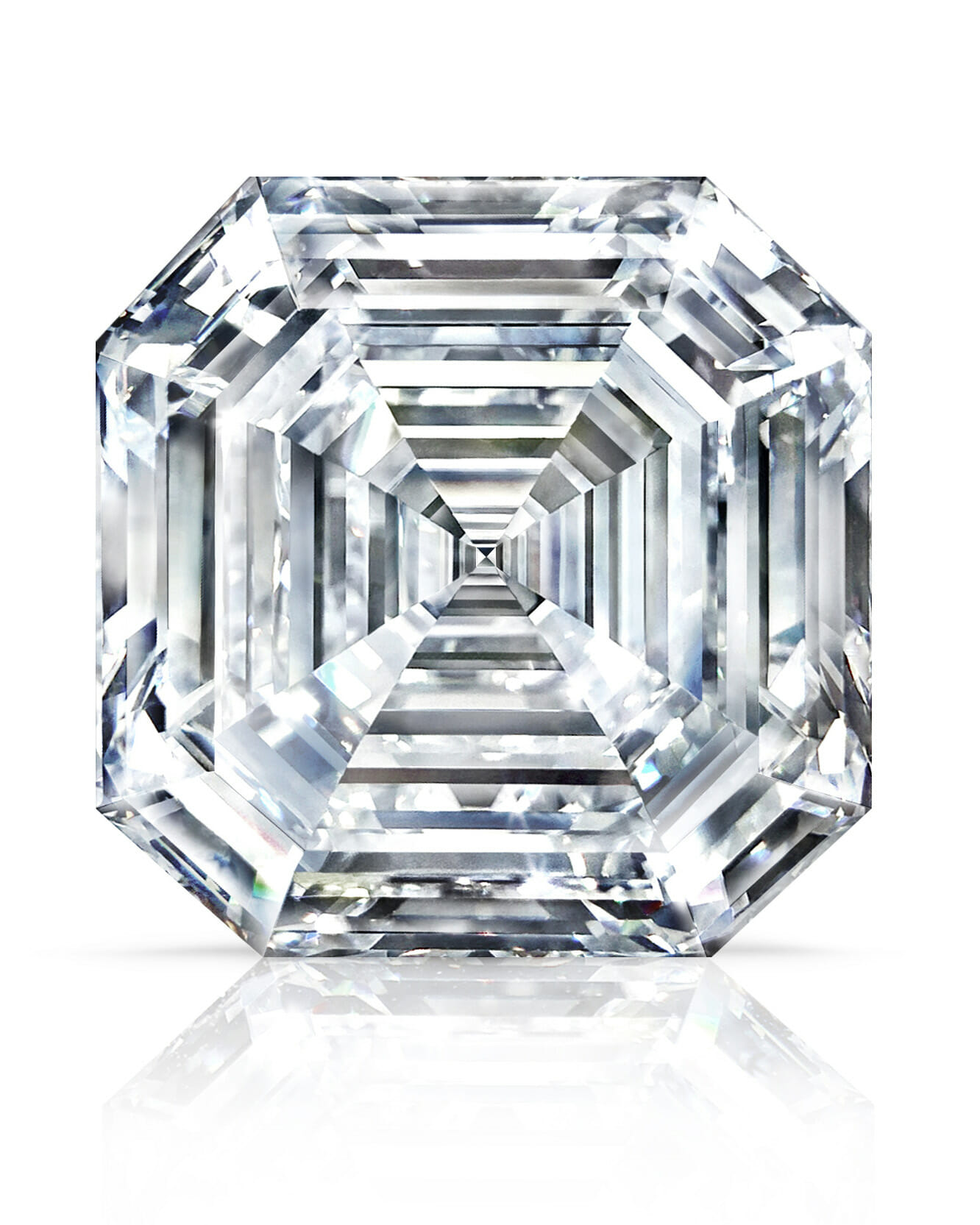
What is the Graff Lesedi La Rona diamond worth?
The Graff Lesedi La Rona was finally unveiled in November 2019, and the 83-year-old Graff still owns the stone. “My love affair with diamonds is life-long and crafting the Graff Lesedi La Rona has been an honor, it is beyond words,” he said in a statement.
The house wouldn’t comment on the value of the stone. The closest comparable is a rectangular-cut 163.41-carat diamond, which sold at Christie’s in Geneva for $33.7 million in 2017. Still, it’s considerably smaller than the Graff Lesedi La Rona.
After waiting a century to get his hands on a diamond of this size and quality, he won’t likely sell it anytime soon.
What makes this stone even more meaningful – outside of it’s record-breaking size and quality – is the fact that it was discovered in Botswana.
Since diamonds were first discovered in Botswana in the late 1960s, the government has worked closely with the mining companies and local communities to responsibly harness its natural resources for the good of its citizens. As result, Botswana has become the continent’s richest per capita. The resources from the diamond mining industry has been used to build roads, schools, medical facilities and more, and all while strategically preserving the country’s natural wonders. It’s perhaps the best example of how diamond mining companies working with local governments can deliver sizable – and tangible benefits for everyone.
The Lesedi La Rona’s sister stone is also a record-breaking diamond: The Infinity Diamond is a 157.80-carat D color heart-shaped diamond. It’s the world’s largest heart-shaped diamond of this quality.
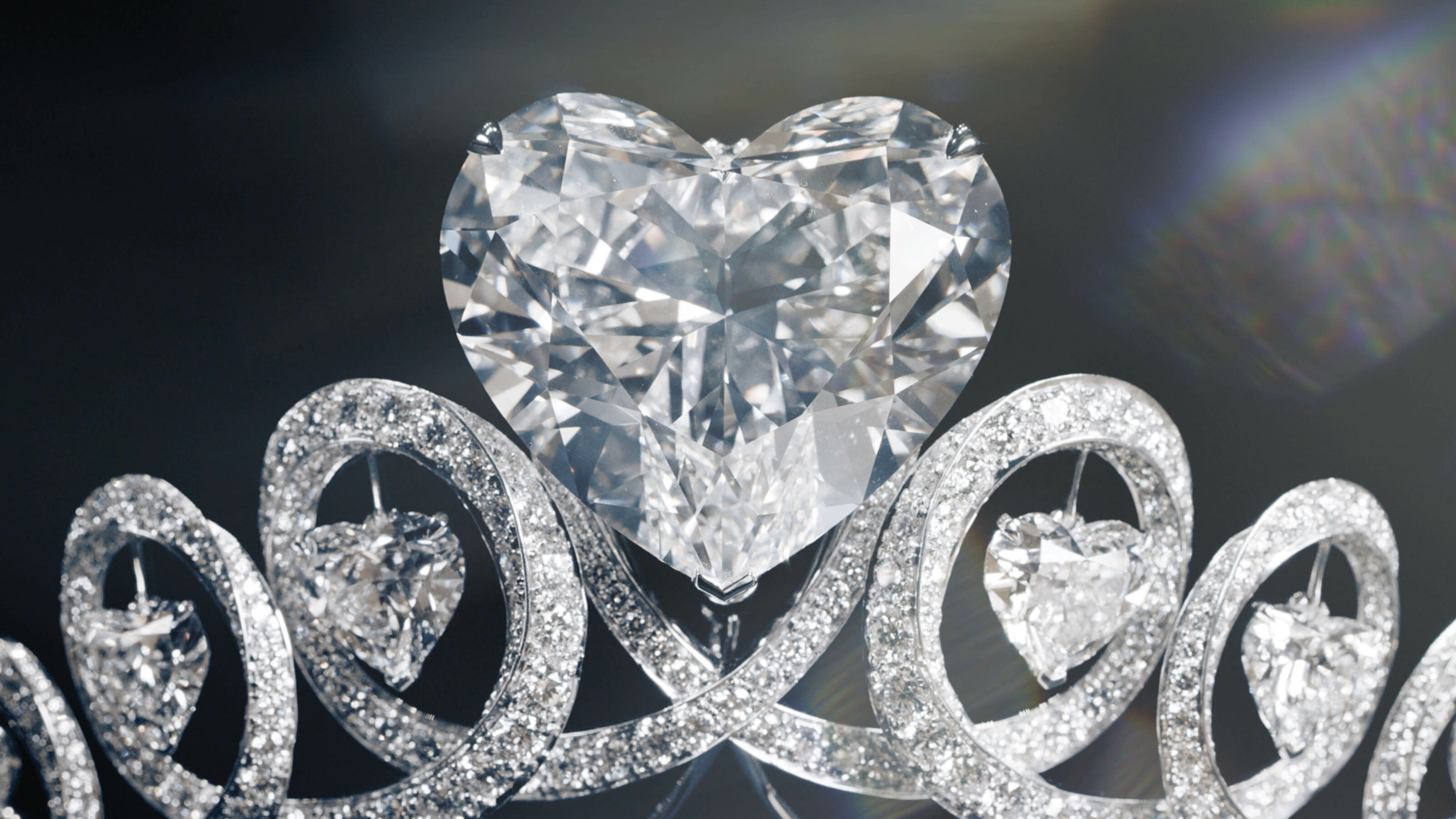
The Infinity Diamond is the centerpiece of Graff’s Twombly tiara, an elaborate design which features delicate diamond swirls around the heart. The design is part of a collection inspired by Laurence Graff’s love of contemporary art. The tiara was unveiled at the opening of Graff’s flagship store in Ginza in November.